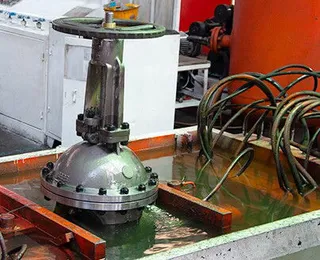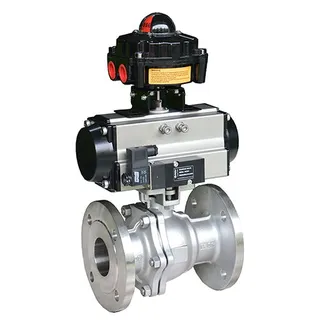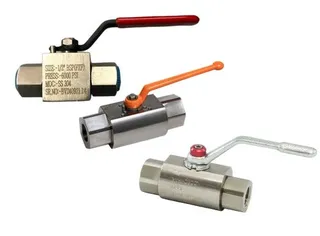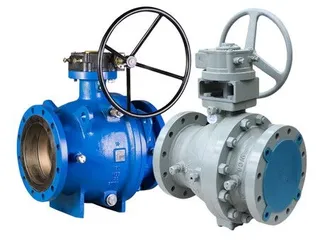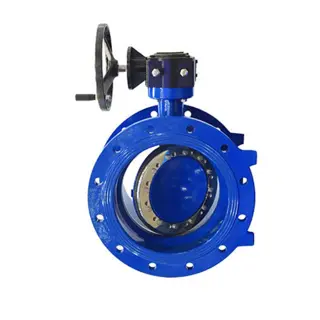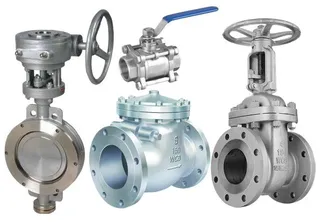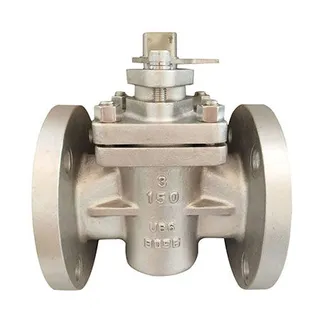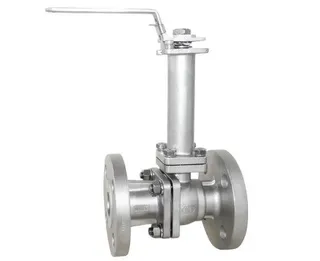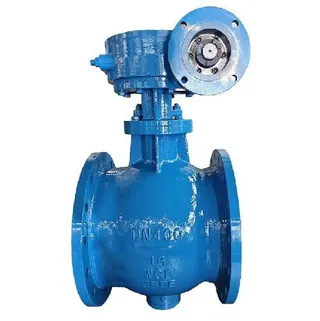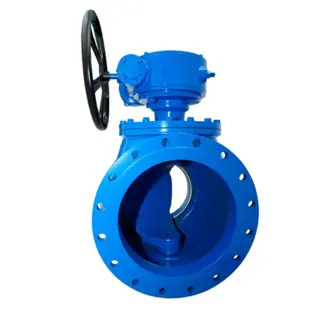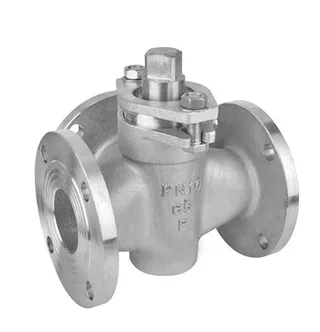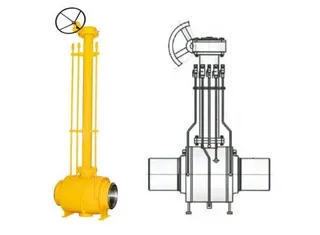Principles and Considerations for Valve Pressure Testing
The production process for industrial valves combines both complexity and systemization, generally involving multiple stages from raw material preparation to final product testing. Common types of valves typically take about three days to manufacture. However, to ensure reliability and safety in real-world applications, finished valves must undergo rigorous performance testing, with pressure testing being among the most critical. Pressure testing is designed to verify whether an industrial valve...

